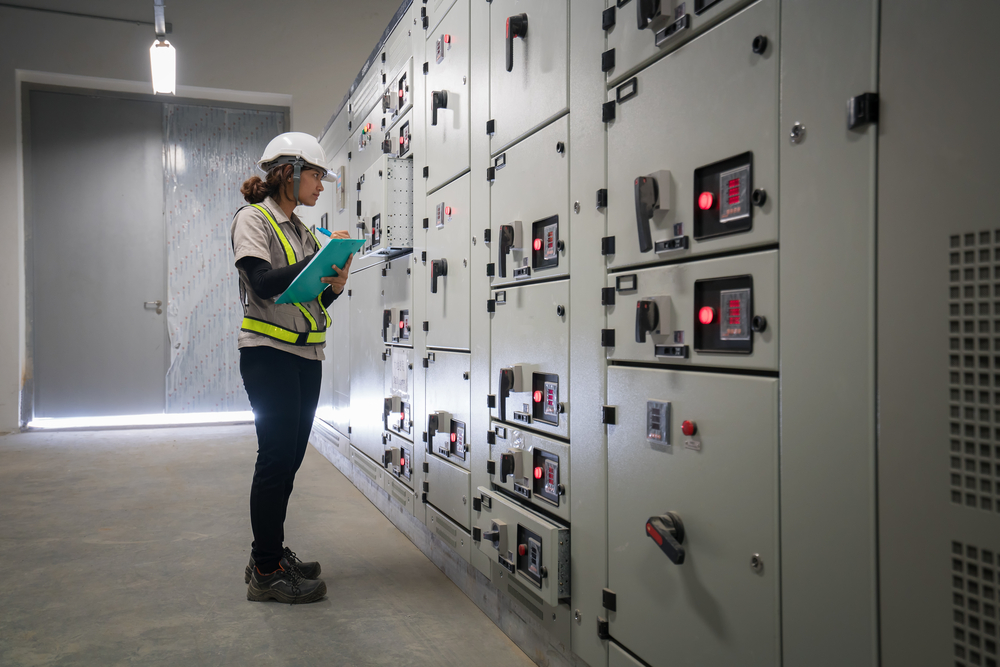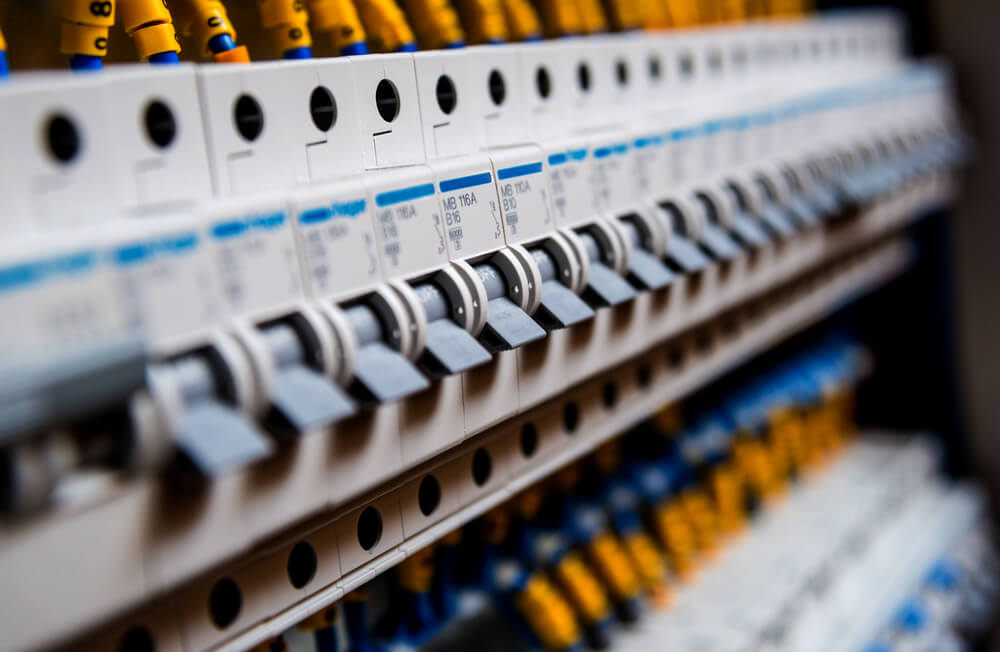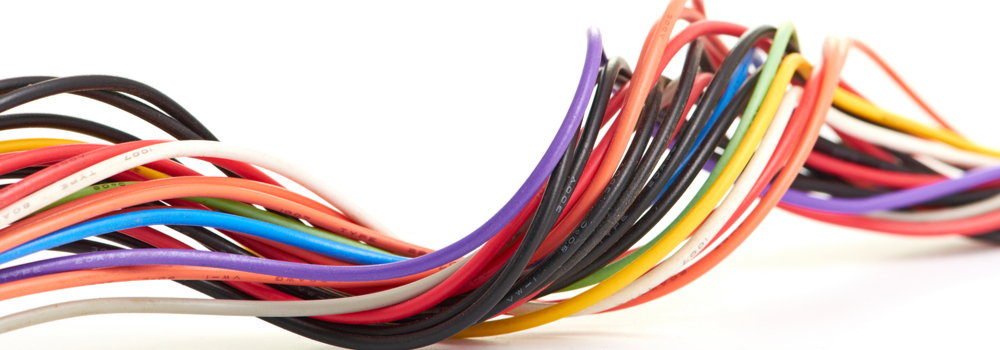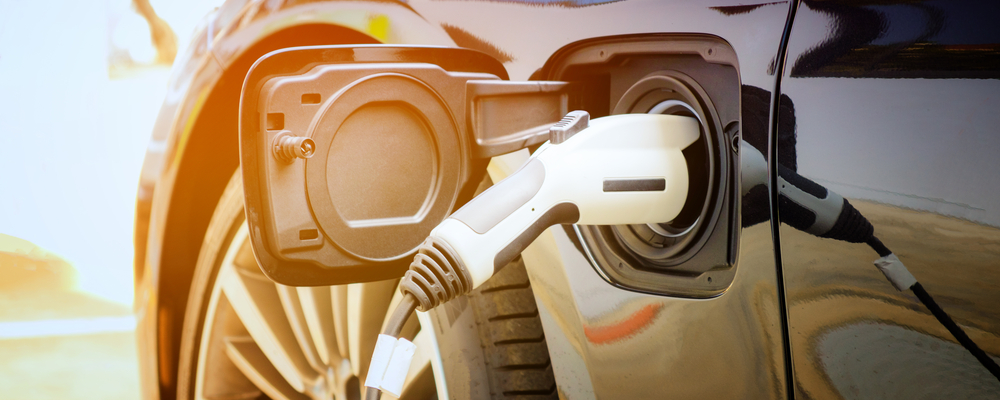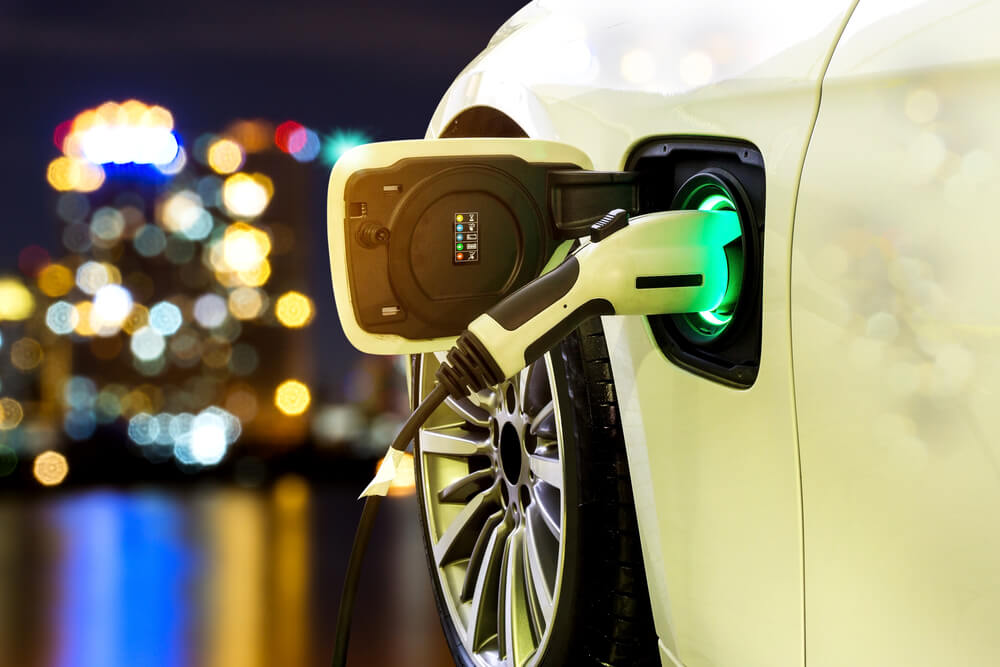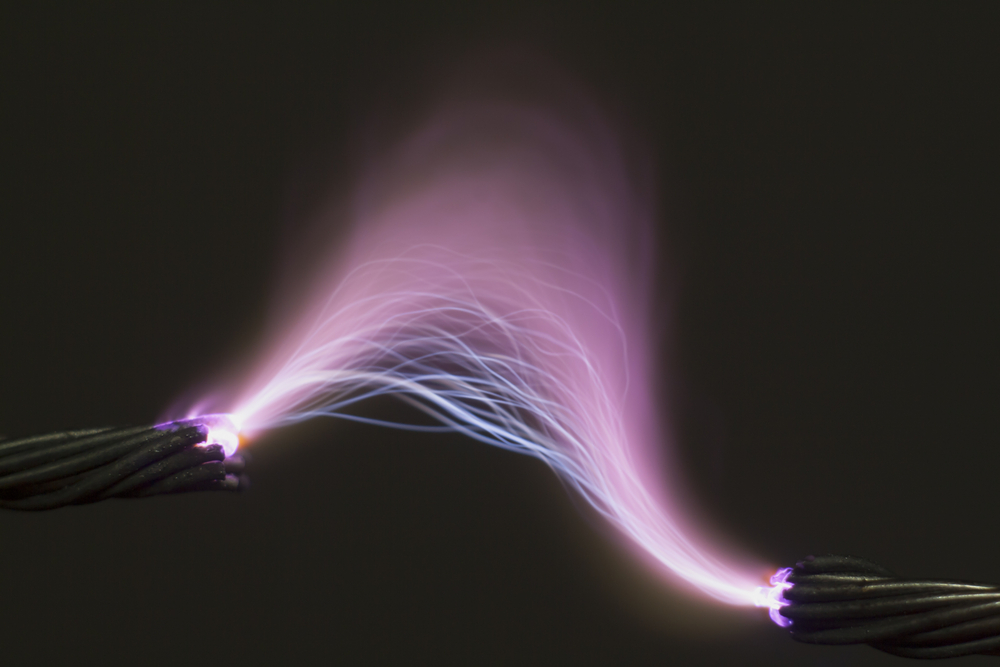Power from the people: an introduction to prosumers
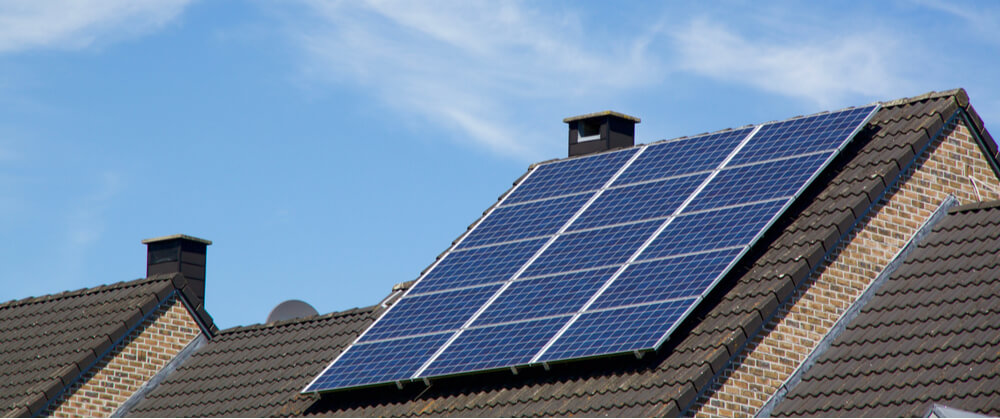
For most electrotechnical professionals, the world of work will have changed considerably over the last few months. This article will offer a glimpse of what the future might hold, including possibly the biggest change to the electrical engineering industry in decades: prosumer installations.
More than lights and sockets
Coronavirus aside, the industry has been, and will continue to be, in flux for some time. There are several reasons for this: the global climate crisis, Net Zero 2050 targets written into law, new energy efficiency legislation, not to mention rapid advances in technology.
With the right skills and training, future commercial opportunities abound
‘Simple’ installations are not so simple anymore. Where once a typical house would have mostly been composed of lights and sockets, now it may include many or all of the following: combined heat and power, ground source heat pumps, air source heat pumps, energy-efficient building fabric, biomass boilers, smart metering, solar PV or solar thermal panels, electric vehicle charge points – the list goes on.
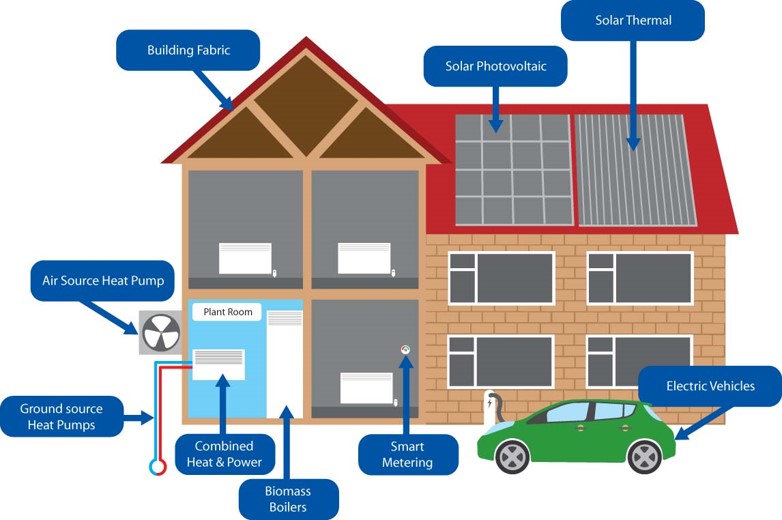
There is a common thread here – one that plays to our industry’s advantage. Most of the installation, operation and maintenance tasks pertaining to the aforementioned technology lies in the hands of electrical contractors. With the right skills and training, future commercial opportunities abound.
Who, or what, is a prosumer?
The terms ‘prosumer’ and ‘prosumer electrical installations’ (PEI) were introduced in October 2018, in the new International IEC Standard – 60364-8-2.
The core aim of the new Standard is to enhance the user experience and to push forward the decentralisation of electricity generation.
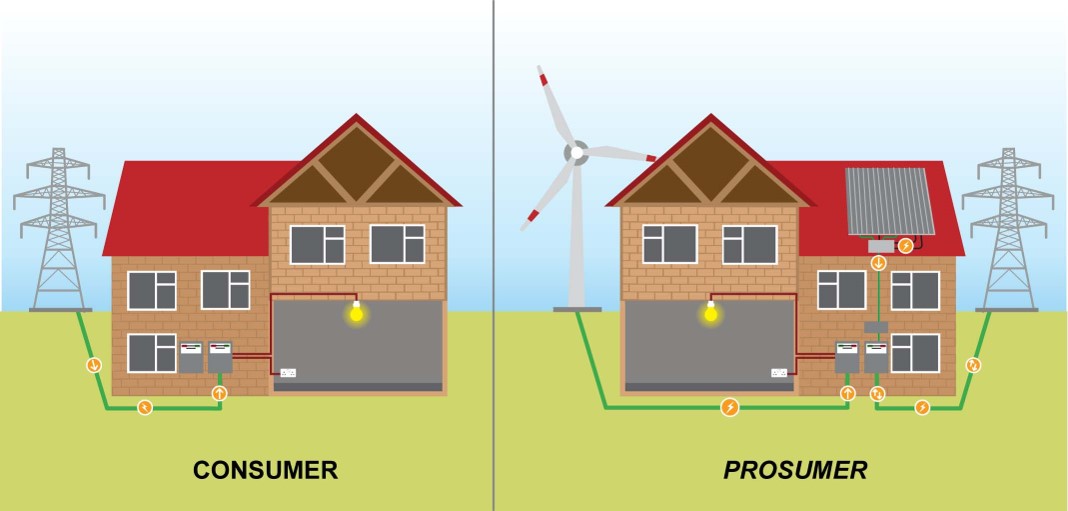
As some of you read this article, you are most likely using electricity – you are a consumer. Some of you might have a solar panel or turbine installed, which at times may feed energy back into the grid if your household’s demand is lower than the energy being generated. In this case, you are a producer and a consumer – a prosumer.
The key to making a prosumer’s complex and changeable supply/demand system work is the smart meter, which we have covered in depth before.
EVs will play an increasingly important role in the prosumer economy
While a poorly implemented initial rollout process might have dented its reputation, smart meter technology is essential and here to stay. It is the lynchpin of a smarter, safer and more stable grid able to manage more complex loads and demands than ever before.
More power to you
In what can be called an ‘entry level’ smart home, there will typically be a smart meter, a consumer access device (CAD) and an in-home display (IHD), along with a means of energy generation, like a solar panel (see diagram below, courtesy of BEAMA).
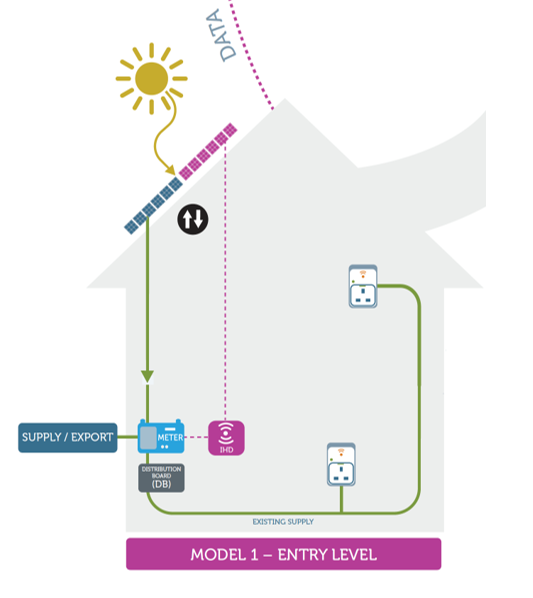
More advanced smart connected homes are markedly more complex buildings (see diagram below, courtesy of BEAMA), and will feature higher-end, more expensive installations. These may involve Internet of Things (IoT) networks, artificial intelligence and data management for smart appliances. These homes are also more likely to have electric vehicle charging points (EVCPs) – EVs will play an increasingly important role in the prosumer economy as the market grows.
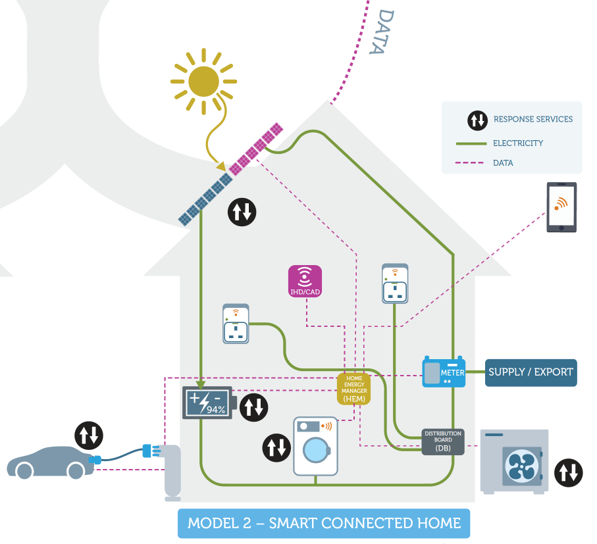
The success of these smart homes, and the capacity for the grid to accommodate more of them, depends largely on electrification, which again is in the hands of electrical contractors.
V2G – the golden egg?
The most commonly found prosumer – forming the largest proportion of the prosumer market – will likely be found somewhere between the two scenarios described above.
 Image courtesy of Cenex
Image courtesy of Cenex
These prosumers will rely on battery storage to control their input to the grid, and most of these batteries will be in their EVs. In other words, while large home batteries like those made by Tesla, LG, Sonnen and others may be out of reach for the average prosumer, an EV won’t be, and demand for V2G unit installations could soon skyrocket.
 Image courtesy of Cenex
Image courtesy of Cenex
This is why V2G – vehicle to grid – technology will have a critical role to play in the next few years. It will help to ‘smooth the curve’ of demand over the course of a day, flattening the peaks of demand typically seen in the morning and evening (see diagram below, courtesy of Cenex). This will reduce pressure on the grid at peak times and help manage power more efficiently.
Types of prosumer installations
The role of the electrician is changing – but the future could be brighter than ever for those who adapt
There are three types of PEI to be aware of…
- Individual
- As described in the ‘entry level’ smart home above, this type of installation is characterised by just one installation capable of consuming and producing energy, with a management system for its operation.
- Collective with individual generation and storage
- Groups of prosumers (private houses, flats or shops) which cooperate and coordinate resources to erect common power supplies
- Different power supplies may supply all prosumers through either the PEI distribution system or through the distribution network
- Collective with common generation and storage
- Includes a set of generation and storage devices detached form the individual properties, but commonly supplying them all
- Then, there are three different modes…
- Direct feeding mode
- The PEI is supplied from the grid
- Local energy storage systems could supply power to buildings loads or be charged by the grid/local energy generation
- Reverse feeding mode
- The grid is supplied by the PEI – as with solar PV, for example
- Local storage systems could supply power to buildings loads, or be charged by the grid/local energy generation
- Island mode
- Here, the prosumer is disconnected from the grid, and is only using their own supply from their own generator or storage device
- This can be triggered automatically, or through deliberate action
How to get involved with PEI
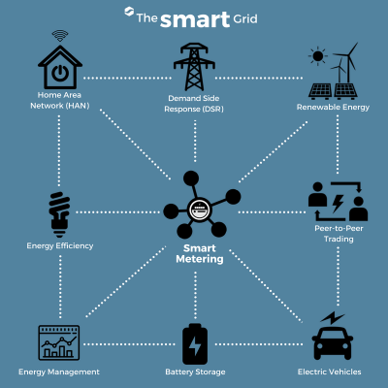 Image courtesy of BEAMA
Image courtesy of BEAMA
The first port of call for businesses looking to develop and grow into the prosumer space will be to ensure they become familiar with the technology on offer and any potential Standards out there. This can be done by undertaking self-development training (and keeping updated with articles in ECAtoday). Manufacturer training for specific technologies is also useful in the sphere.
Early adopters of PEI and associated technologies such as EVCPs, renewable energy and energy storage systems, will reap the benefits in this as yet understaffed, under-skilled but rapidly growing part of the electrotechnical industry.
The role of the electrician is changing – but the future could be brighter than ever for those who adapt.
Are you up to date with ECAtoday?
ECAtoday is the official online magazine of ECA and reaches thousands of people within the electrotechnical and engineering services industry.






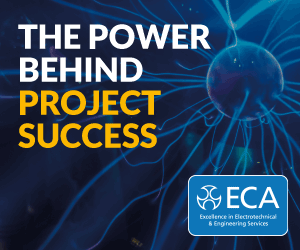
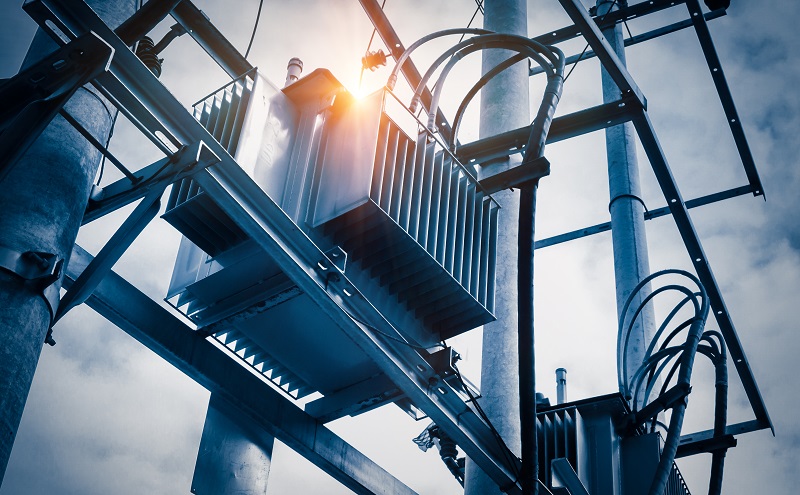

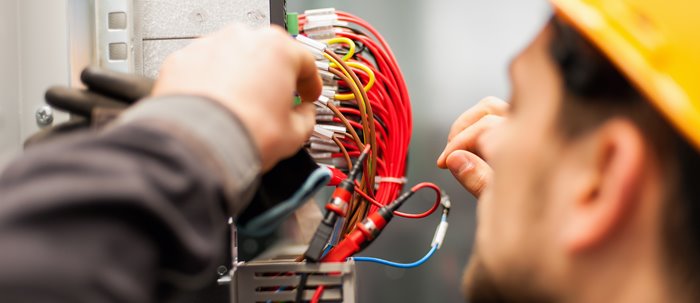
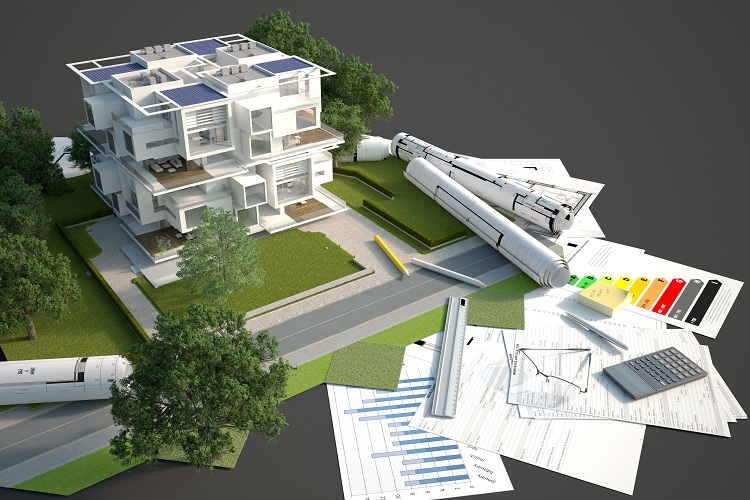
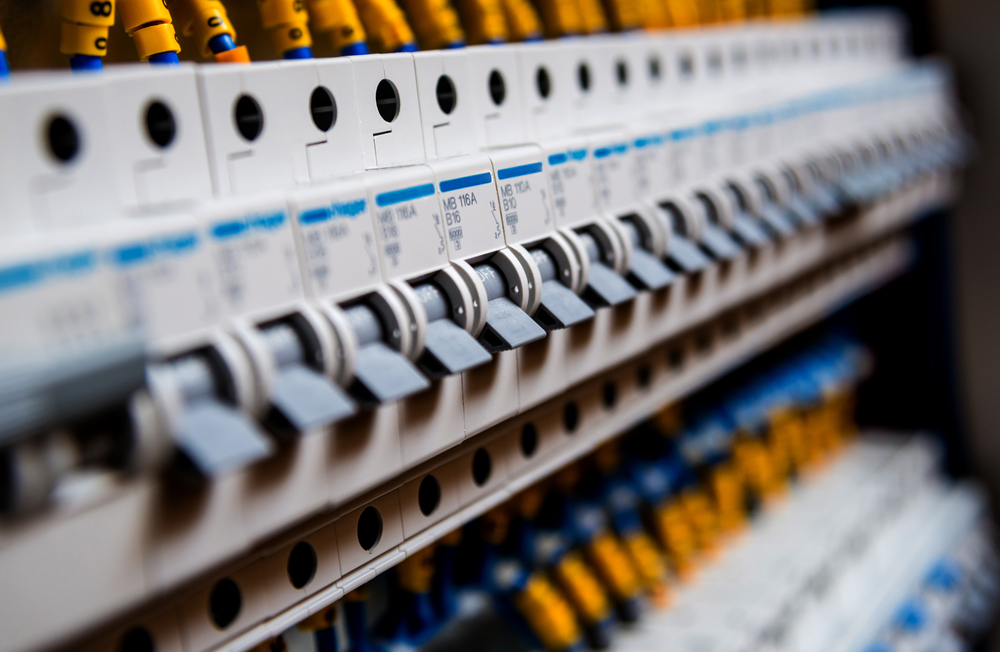
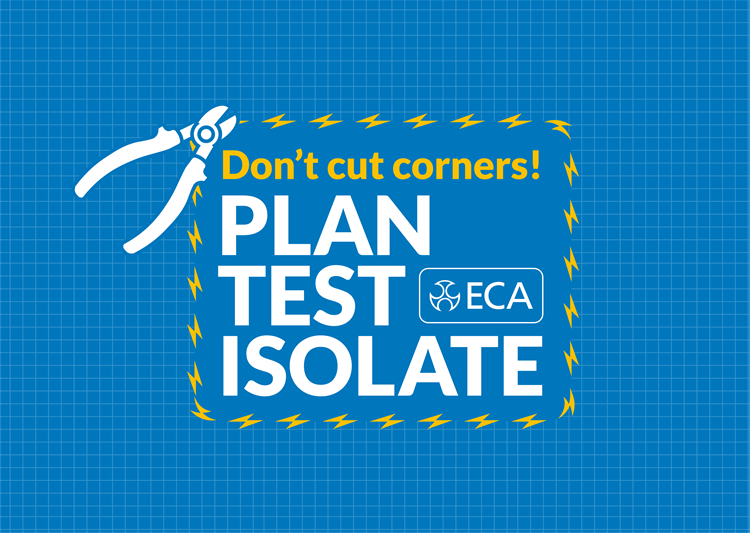
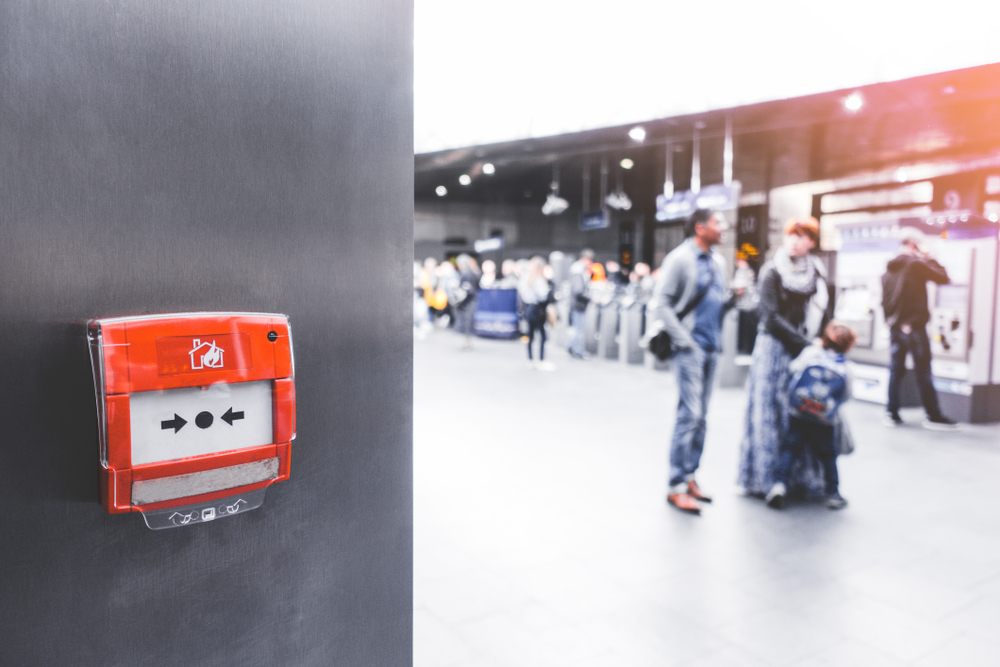
.jpg?width=1000&height=667&ext=.jpg)
